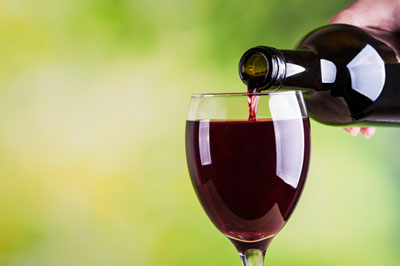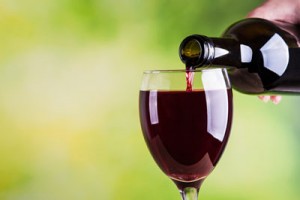Study finds arsenic in many American red wines
- Like
- Digg
- Del
- Tumblr
- VKontakte
- Buffer
- Love This
- Odnoklassniki
- Meneame
- Blogger
- Amazon
- Yahoo Mail
- Gmail
- AOL
- Newsvine
- HackerNews
- Evernote
- MySpace
- Mail.ru
- Viadeo
- Line
- Comments
- Yummly
- SMS
- Viber
- Telegram
- Subscribe
- Skype
- Facebook Messenger
- Kakao
- LiveJournal
- Yammer
- Edgar
- Fintel
- Mix
- Instapaper
- Copy Link
Posted: 9 October 2015 | Victoria White | 1 comment
A study that tested 65 wines from America’s top four wine-producing states has found all but one have arsenic levels that exceed what’s allowed in drinking water…


A study that tested 65 wines from America’s top four wine-producing states has found all but one have arsenic levels that exceed what’s allowed in drinking water.


The US Environmental Protection Agency allows drinking water to contain no more than 10 parts per billion of arsenic. The wine samples ranged from 10 to 76 parts per billion, with an average of 24 parts per billion.
But a companion study, also from University of Washington electrical engineering professor Denise Wilson, concluded that the likely health risks from that naturally-occurring toxic element depend on how many other foods and beverages known to be high in arsenic an individual person eats.
“Unless you are a heavy drinker consuming wine with really high concentrations of arsenic, of which there are only a few, there’s little health threat if that’s the only source of arsenic in your diet,” said Wilson. “But consumers need to look at their diets as a whole. If you are eating a lot of contaminated rice, organic brown rice syrup, seafood, wine, apple juice — all those heavy contributors to arsenic poisoning — you should be concerned, especially pregnant women, kids and the elderly.”
Washington wines had the highest arsenic concentrations, averaging 28 parts per billion, while Oregon’s had the lowest, averaging 13 parts per billion.
Consumers could consume more than the maximum recommended daily arsenic intake by taking a variety of foods
Wilson also evaluated how much arsenic individuals can safely consume from all the sources in their diet. In a companion study, she compiled consumption data for foods that have been shown to contain arsenic – juice, milk, bottled water, wine, cereal bars, infant formula, rice, salmon and tuna.
From that, she was able to determine how much of an arsenic “dose” an average child or adult would get from each food source and how close it would come to risk thresholds set by the US Agency for Toxic Substances and Disease Registry for total arsenic consumption across a person’s diet.
For the core or frequent adult wine drinker, the arsenic consumed from that single source would only make up 10 to 12 percent of the total maximum recommended daily arsenic intake. But if that person also eats large quantities of contaminated rice, tuna or energy bars, for instance, that could push that individual’s arsenic consumption beyond levels that are considered safe.
A person who eats an average or large amount of contaminated rice would get between 41 and 101 percent of the maximum recommended daily dose of arsenic from that one source alone, the study found.
Based on recent studies that have found arsenic in numerous foods and beverages, Wilson recommends that US wineries test for arsenic and lead in irrigation and processing water and take steps to remove those contaminants if levels are found to be high. But rather than litigate against vineyards she would encourage consumers to evaluate their diets more holistically and speak with a doctor if they have concerns.




Ms.Wilson’s quote in this article regarding the safety of juice is not only misleading but it is incorrect. Consumers do not need to be concerned with the trace amounts of arsenic found in apple juice as at the level found in juice, it is harmless. Arsenic is a naturally occurring element in our environment, It is present in low levels in the air we breathe and in the crops we grow. It enters the environment through both natural and manmade sources. Safety is the top priority for juice processors and, as is the case for many foods, the trace levels of arsenic found in apple juice are harmless. In fact, data released by the FDA reaffirms the safety of apple juice.
Carol Freysinger
Executive Director
Juice Products Association